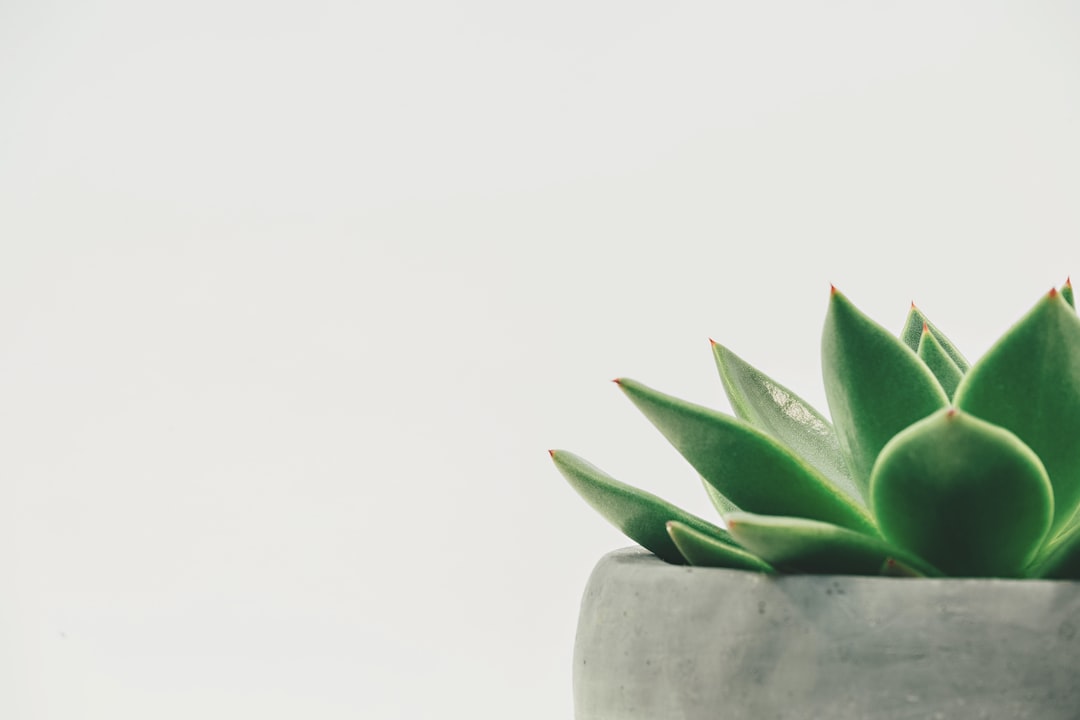Tomato Planting 101: Is It Too Late to Start Your Crop?

Planting tomatoes at the right time is crucial for a successful harvest. Tomatoes are warm-season crops that require specific conditions to thrive. By understanding the ideal planting time, gardeners can ensure that their tomato plants have the best chance of producing a bountiful crop. In this article, we will explore the importance of planting tomatoes at the right time and provide tips and strategies for successful tomato cultivation.
Key Takeaways
- The ideal planting time for tomatoes is after the last frost date in your area.
- Starting your tomato crop early can result in a longer growing season and higher yields.
- Factors to consider when deciding on planting dates include soil temperature, weather patterns, and the length of your growing season.
- Choosing the right tomato varieties for your climate can help ensure a successful harvest.
- Preparing your soil with compost and proper drainage is crucial for healthy tomato plants.
Understanding the Ideal Planting Time for Tomatoes
The ideal planting time for tomatoes varies depending on climate and location. Tomatoes are sensitive to cold temperatures and frost, so it is important to wait until the danger of frost has passed before planting them outdoors. In general, tomatoes should be planted when soil temperatures have warmed to at least 60 degrees Fahrenheit (15 degrees Celsius). This typically occurs in late spring or early summer in most regions.
Different types of tomatoes also have different planting requirements. Determinate tomatoes, which grow to a certain height and then stop, can be planted closer together and do well in containers or small gardens. Indeterminate tomatoes, on the other hand, continue to grow and produce fruit throughout the season and require more space. It is important to consider these factors when determining the ideal planting time for your tomato crop.
The Benefits of Starting Your Tomato Crop Early
Starting tomato seeds indoors or in a greenhouse before the last frost date can provide several advantages. By starting seeds early, gardeners can extend the growing season and enjoy ripe tomatoes earlier in the year. This is especially beneficial for gardeners in cooler climates with shorter growing seasons.
Starting tomato seeds indoors also allows gardeners to have more control over the growing conditions. They can provide optimal temperature, light, and moisture levels for seed germination and early growth. This can result in stronger and healthier seedlings that are better equipped to handle outdoor conditions once they are transplanted.
To successfully start tomato seeds early, it is important to provide adequate light for the seedlings. This can be achieved by using grow lights or placing the seedlings near a sunny window. It is also important to gradually acclimate the seedlings to outdoor conditions before transplanting them into the garden.
Factors to Consider When Deciding on Planting Dates
| Factors to Consider When Deciding on Planting Dates | Description |
|---|---|
| Climate | The average temperature, rainfall, and humidity in your area. |
| Soil Temperature | The temperature of the soil at planting depth. |
| Frost Dates | The average date of the last spring frost and the first fall frost in your area. |
| Planting Season | The length of the growing season in your area. |
| Planting Window | The time period during which planting is possible. |
| Seed Germination Time | The time it takes for seeds to germinate and emerge from the soil. |
| Growth Rate | The rate at which plants grow and mature. |
| Harvest Time | The time it takes for plants to reach maturity and produce fruit or vegetables. |
When deciding on planting dates for tomatoes, there are several factors to consider. The last frost date is one of the most important factors, as tomatoes are sensitive to frost and should not be planted until the danger has passed. Local gardening resources, such as cooperative extension offices or gardening clubs, can provide information on average frost dates for your area.
Soil temperature is another important factor to consider when determining planting dates. Tomatoes prefer warm soil, so it is best to wait until soil temperatures have reached at least 60 degrees Fahrenheit (15 degrees Celsius) before planting. A soil thermometer can be used to measure soil temperature.
Weather patterns should also be taken into account when deciding on planting dates. If there is a period of cold or wet weather forecasted after the intended planting date, it may be best to wait until conditions improve. Tomatoes do not perform well in cold or waterlogged soil.
Planting calendars and other resources can be helpful in determining the best time to plant tomatoes in your specific location. These resources take into account local climate and growing conditions to provide recommended planting dates for various crops, including tomatoes.
Tips for Choosing the Right Tomato Varieties for Your Climate
Choosing tomato varieties that are well-suited to your climate and growing conditions is essential for a successful harvest. There are many different types of tomatoes available, each with its own characteristics and growing requirements.
Indeterminate tomatoes, such as ‘Beefsteak’ or ‘Brandywine’, continue to grow and produce fruit throughout the season. These varieties require more space and support, such as stakes or cages, to keep the plants upright. They are well-suited to areas with longer growing seasons.
Determinate tomatoes, such as ‘Roma’ or ‘Celebrity’, grow to a certain height and then stop. These varieties are more compact and do not require as much space or support. They are ideal for container gardening or small gardens.
It is also important to consider disease resistance when choosing tomato varieties. Some varieties are more resistant to common tomato diseases, such as blight or wilt, which can help ensure a healthier crop. Local gardening resources can provide information on disease-resistant varieties that perform well in your area.
Preparing Your Soil for Tomato Planting

Proper soil preparation is essential for successful tomato growth. Tomatoes prefer well-draining soil that is rich in organic matter. Before planting tomatoes, it is important to test the soil pH and nutrient levels. A soil test kit can be used to determine the pH of the soil, while a professional soil test can provide more detailed information on nutrient levels.
If the soil pH is too low (acidic), lime can be added to raise it to the optimal range of 6.0 to 6.8. If the pH is too high (alkaline), sulfur or other acidifying agents can be added to lower it. Organic matter, such as compost or well-rotted manure, should also be added to improve soil structure and fertility.
The Importance of Proper Watering and Fertilization
Proper watering and fertilization are crucial for healthy tomato plants and a bountiful harvest. Tomatoes require consistent moisture throughout the growing season, but they do not like to be waterlogged. It is important to water deeply and infrequently, allowing the soil to dry out slightly between waterings.
Mulching around tomato plants can help conserve moisture and regulate soil temperature. Organic mulches, such as straw or wood chips, can also add nutrients to the soil as they break down.
Fertilizing tomatoes regularly is important to ensure they have the nutrients they need for healthy growth and fruit production. A balanced fertilizer, such as a 10-10-10 or 14-14-14, can be applied every 4-6 weeks throughout the growing season. It is important to follow the manufacturer’s instructions for application rates.
Common Pests and Diseases to Watch Out for in Tomato Plants
Tomato plants are susceptible to a variety of pests and diseases that can affect their growth and productivity. Common pests include aphids, tomato hornworms, and whiteflies. These pests can be controlled through regular monitoring and the use of organic pest control methods, such as insecticidal soap or neem oil.
Common diseases that affect tomatoes include blight, wilt, and powdery mildew. These diseases can be prevented by planting disease-resistant varieties, practicing crop rotation, and providing adequate air circulation around the plants. Fungicides may also be used to control fungal diseases.
Regularly inspecting tomato plants for signs of pests or diseases and taking appropriate action can help prevent the spread of these issues and ensure a healthy crop.
How to Plant Tomatoes in Containers or Raised Beds
Container gardening or raised bed gardening can be a great option for growing tomatoes, especially for gardeners with limited space or poor soil conditions. When planting tomatoes in containers or raised beds, it is important to choose a large enough container or bed that allows for proper root development.
The container or raised bed should have adequate drainage to prevent waterlogged soil. Adding a layer of gravel or broken pottery at the bottom of the container can help improve drainage.
When planting tomatoes in containers or raised beds, it is important to use a high-quality potting mix that is rich in organic matter. This will provide the necessary nutrients and moisture retention for healthy plant growth.
Harvesting and Storing Your Tomato Crop
Knowing when to harvest tomatoes is important for optimal flavor and texture. Tomatoes should be harvested when they are fully ripe but still firm. They should have a deep, uniform color and give slightly when gently squeezed.
To store tomatoes, they should be kept at room temperature away from direct sunlight. Refrigerating tomatoes can cause them to lose flavor and develop a mealy texture. If you have a large harvest, tomatoes can be preserved by canning, freezing, or making sauces and salsas.
Late-Season Planting Strategies for Tomatoes
For gardeners who miss the ideal planting window for tomatoes, there are strategies for planting later in the season and still achieving a successful harvest. One option is to choose early-maturing tomato varieties that require a shorter growing season. These varieties can be planted later in the season and still produce ripe fruit before the first frost.
Another strategy is to use season-extending techniques, such as row covers or hoop houses, to protect tomato plants from cold temperatures and frost. These structures can help create a microclimate that allows tomatoes to continue growing even as temperatures drop.
It is also important to provide adequate water and nutrients to late-planted tomatoes to help them establish quickly and grow vigorously. Mulching around the plants can help conserve moisture and regulate soil temperature.
Planting tomatoes at the right time is essential for a successful harvest. By understanding the ideal planting time for tomatoes based on climate and location, gardeners can ensure that their tomato plants have the best chance of thriving. Starting tomato seeds early, choosing the right tomato varieties, preparing the soil, providing proper watering and fertilization, and preventing pests and diseases are all important factors in successful tomato cultivation. By following these tips and strategies, gardeners can enjoy a bountiful harvest of delicious homegrown tomatoes. So start planning and planting your tomato crop at the right time for a successful harvest.
If you’re wondering whether it’s too late to plant tomatoes, you might find this article on Lawn World helpful. They provide a comprehensive guide on the best time to plant tomatoes and offer valuable tips for successful cultivation. Check out their website for more gardening advice and explore their sitemap for a wide range of informative articles on lawn care, landscaping, and more. https://www.lawnworld.com/



